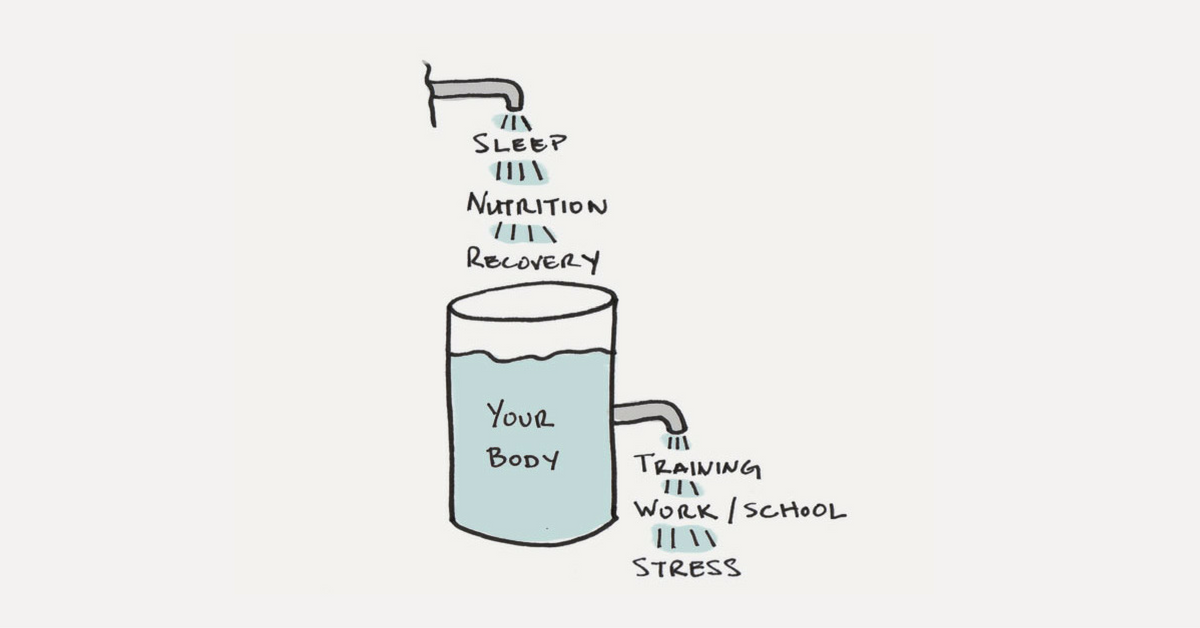The importance of a sub-maximal single to guide your decision making
If you’re a barbell athlete, then a sub-max single is one of the most valuable concepts that you need to understand.
Typically we utilize a "1 @ 8" which means a single rep with an RPE of 8/10 in difficulty for strength training. If you are in the earlier stages of rehab, we typically dial back the RPE which inevitably helps regulate the intensity of your training.[1]
Based on the estimated 1-rep-max (E1RM) chart below, a single rep with an RPE of 8/10 falls at 92.2% of your E1RM. This is important to know to judge your readiness for the day but it also give you context of what the drop down working sets should be at.[2]
From years of competing in powerlifting myself and also coaching others in the sport, it is easy to notice fluctuations in your training - from as low as 20% below your normal training capability to as high as 10-20% above your training capability (this tends to be less the more trained - or experienced - that you are).
From there, you really only have 1 of 3 possible decisions to make based on your daily E1RM:
E1RM is higher than usual -> push the intensity and/or volume a little more
E1RM is the same -> continue with your program as planned
E1RM is lower than usual -> dial back the intensity and/or volume
Not only, do we take into account your E1RM, but there are tons of other factors at play that may also influence your ability to perform your best on 1 particular day - these include; stress, sleep, nutrition, recovery, and more.[3]
*Can you imagine trying to perform well in the gym, after finishing work for the day at a job you hate, after not sleeping well the not before, AND after eating only Rice Krispies for breakfast with no lunch break because you had to work through it? Not good.*
This is an extreme example because who eats Rice Krispies anymore? haha #TeamSpecialKRedBerry
In addition, we consider your training history along with our assessments to establish a baseline to build on. As you progress through your rehab, you will need to push harder than before to create an adaptation. The goal for us is to make these decisions a bit easier for you so you are informed and best prepared for each and every day of your training, while also reducing your risk of a setback.
While going through the rehab process, and working to get back to heavier working sets with the barbell, the sub max single gives us insight as to what you are capable of THAT SPECIFIC DAY so we can always adjust your program accordingly.
If we build a block of training at the beginning of the month with specific numbers to hit, how could that possibly consider all events in the upcoming weeks that might negatively or positively impact your performance? The sub max singles will help us account for the ebbs and flow of life so we can modify the training as needed.
The best programming is the type that is flexible and individualized to YOU and this is one of the best ways that we have found to do it.
We have physical therapy clinics in SoHo and Long Island City.
Are you struggling to reach your performance goals due to an injury? Click below to book a free and see if our team can help.
Citations:


